Inorganic chemistry
Inorganic chemicals is the shortened form of inorganic chemical industry and is an important branch of the chemical industry with natural resources and industrial by-products as raw materials for the production of sulfuric acid, nitric acid, hydrochloric acid, phosphoric acid, soda ash, caustic soda, synthetic ammonia, fertilizer and inorganic salts, etc. This includes sulfuric acid industry, soda industry, the chloro-alkali industry, synthetic ammonia industry, fertilizer industry and mineral industry. Its broad definition also includes the production of inorganic non-metallic materials and fine inorganic product such as ceramics and inorganic pigment. The main raw material of inorganic chemical products are mineral product including sulfur, sodium, phosphorus, potassium and calcium and coal, oil, gas, and air, water and so on.
Inorganic chemicals can be traced back to the ancient process of ceramics, alchemy, brewing, dyeing at thousands of years ago. Although with small scale, backward technology and pure manual manipulation, but it is the prototype of inorganic chemicals. For thousands of years, due to the low productivity, it gets slow development. Until the 18th century, it had developed rapidly. In the middle of 18th century, Britain had first applied lead chamber method using saltpeter and sulfur as raw materials to produce sulfuric acid. In 1783, Lu Bulan (France) proposed the soda method using sodium chloride, sulfuric acid, coal as raw materials. In the latter half of the 18th century, the modern chemical industry taking inorganic chemical industry as the main content had began to emerge. In 1841, people began the production of phosphate fertilizer; In 1965 Belgian Solvay realized the industrialization of ammonia soda for production of soda; with the rise of preparing potassium industry in 1870; In 1890, people began to use electrolytic approach for making Cl2 and caustic soda;
In 1913, people had achieved the catalytic synthesis of ammonia using N2, H2 as raw materials; In 1942, Chinese experts Hou Debang had successfully developed Hou’s process for making soda. After the 1950s, the inorganic chemical industry had flourished with the endless emergence of vastly different inorganic chemical products and with changing them day by day; the inorganic chemical process also will continue to improve, becoming more and more mature.
The main content of inorganic chemicals:
(1) include inorganic chemical technology including acids, bases, salts, ammonia and chemical fertilizers;
(2) include electrochemical technology including the electrical production of caustic soda, chlorine, electrolysis hydrogen and oxygen, wet electrical metallurgical production and electrothermal production of the calcium carbide, calcium cyanamide and phosphorus;
(3) including the production technology of silicate including glass, ceramic and cement;
(4) including refinement inorganic chemical process such as reagent, medicament and trace element.
- Structure:
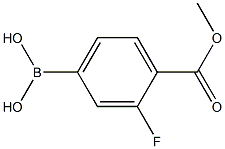
- Chemical Name:3-FLUORO-4-METHOXYCARBONYLPHENYLBORONIC ACID
- CAS:505083-04-5
- MF:C8H8BFO4
- Structure:
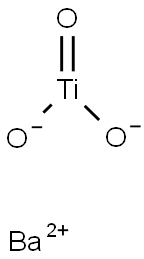
- Chemical Name:Barium titanate
- CAS:12047-27-7
- MF:BaO3Ti
- Structure:
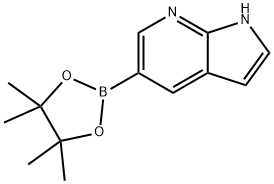
- Chemical Name:7-Azaindole-5-boronic acid pinacol ester
- CAS:754214-56-7
- MF:C13H17BN2O2
- Structure:

- Chemical Name:Lead chromate
- CAS:7758-97-6
- MF:CrO4Pb
- Structure:
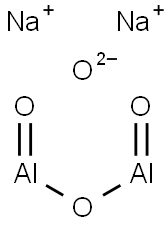
- Chemical Name:SODIUM ALUMINUM OXIDE
- CAS:1302-42-7
- MF:Al2Na2O4
- Structure:
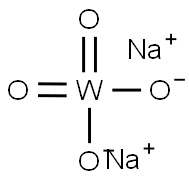
- Chemical Name:Sodium tungstate
- CAS:13472-45-2
- MF:Na2WO4
- Structure:

- Chemical Name:Gallium
- CAS:7440-55-3
- MF:Ga
- Structure:

- Chemical Name:YTTERBIUM
- CAS:7440-64-4
- MF:Yb
- Structure:

- Chemical Name:Strontium titanate
- CAS:12060-59-2
- MF:O3SrTi
- Structure:

- Chemical Name:Zirconium
- CAS:7440-67-7
- MF:Zr
- Chemical Name:Bentonite
- CAS:1302-78-9
- MF:Al2O3.4(SiO2).H2O
- Structure:

- Chemical Name:Tantalum
- CAS:7440-25-7
- MF:Ta
- Structure:

- Chemical Name:HAFNIUM
- CAS:7440-58-6
- MF:Hf
- Structure:

- Chemical Name:Vanadium
- CAS:7440-62-2
- MF:V
- Structure:

- Chemical Name:SODIUM METABORATE TETRAHYDRATE
- CAS:10555-76-7
- MF:BH8NaO6
- Structure:

- Chemical Name:Potassium chromate
- CAS:7789-00-6
- MF:CrK2O4
- Structure:

- Chemical Name:LANTHANUM
- CAS:7439-91-0
- MF:La
- Structure:
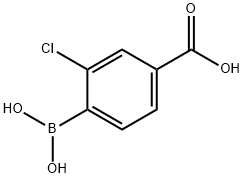
- Chemical Name:4-CARBOXY-2-CHLOROPHENYLBORONIC ACID
- CAS:851335-09-6
- MF:C7H6BClO4
- Structure:
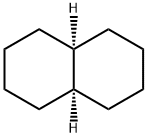
- Chemical Name:CIS-DECAHYDRONAPHTHALENE
- CAS:493-01-6
- MF:C10H18
- Structure:
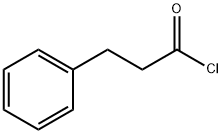
- Chemical Name:Hydrocinnamoyl chloride
- CAS:645-45-4
- MF:C9H9ClO
- Structure:

- Chemical Name:MANGANESE SULFATE MONOHYDRATE
- CAS:15244-36-7
- MF:H2MnO5S
- Structure:

- Chemical Name:MERCURIC BROMIDE
- CAS:7789-47-1
- MF:Br2Hg
- Structure:
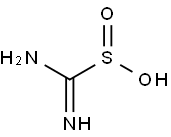
- Chemical Name:Thiourea dioxide
- CAS:1758-73-2
- MF:CH4N2O2S
- Structure:

- Chemical Name:Cupric chloride
- CAS:1344-67-8
- MF:Cl.Cu
- Structure:
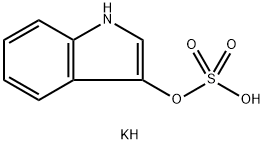
- Chemical Name:3-INDOXYL SULFATE POTASSIUM SALT
- CAS:2642-37-7
- MF:C8H8KNO4S
- Structure:
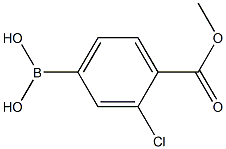
- Chemical Name:(3-CHLORO-4-METHOXYCARBONYL)BENZENEBORONIC ACID
- CAS:603122-82-3
- MF:C8H8BClO4
- Structure:

- Chemical Name:Potassium hexafluoraluminate
- CAS:13775-52-5
- MF:AlF6K3
- Structure:

- Chemical Name:LUTETIUM CHLORIDE HEXAHYDRATE
- CAS:15230-79-2
- MF:Cl3H2LuO
- Structure:

- Chemical Name:NICKEL AMMONIUM SULFATE
- CAS:15699-18-0
- MF:H8N2NiO8S2
- Structure:
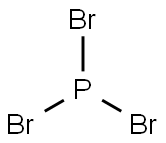
- Chemical Name:Phosphorus tribromide
- CAS:7789-60-8
- MF:Br3P
- Structure:

- Chemical Name:Cadmium nitrate
- CAS:10325-94-7
- MF:CdN2O6
- Structure:

- Chemical Name:Sodium cyanoborohydride
- CAS:25895-60-7
- MF:CH3BNNa
- Structure:
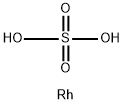
- Chemical Name:Rhodium(III) sulfate
- CAS:10489-46-0
- MF:H2O4RhS
- Structure:

- Chemical Name:Cadmium bromide
- CAS:7789-42-6
- MF:Br2Cd
- Structure:

- Chemical Name:Palladium bromide
- CAS:13444-94-5
- MF:Br2Pd
- Structure:

- Chemical Name:Platinum bromide
- CAS:13455-12-4
- MF:Br2Pt
- Structure:
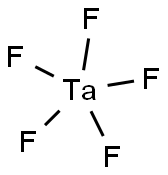
- Chemical Name:TANTALUM PENTAFLUORIDE
- CAS:7783-71-3
- MF:F5Ta
- Structure:

- Chemical Name:Quartz
- CAS:14808-60-7
- MF:O2Si
- Structure:

- Chemical Name:Phosphorus pentoxide
- CAS:1314-56-3
- MF:O5P2
- Structure:
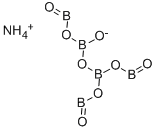
- Chemical Name:AMMONIUM PENTABORATE
- CAS:12007-89-5
- MF:B5H4NO8
- Structure:
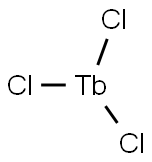
- Chemical Name:Terbium(III) chloride
- CAS:10042-88-3
- MF:Cl3Tb
- Structure:
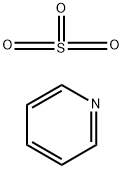
- Chemical Name:Pyridine sulfur trioxide
- CAS:26412-87-3
- MF:C5H5NO3S
- Structure:

- Chemical Name:Cupric bromide
- CAS:7789-45-9
- MF:Br2Cu
- Structure:

- Chemical Name:Cobalt
- CAS:7440-48-4
- MF:Co
- Structure:
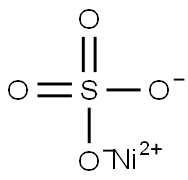
- Chemical Name:NICKEL SULFATE
- CAS:15244-37-8
- MF:NiO4S
- Structure:
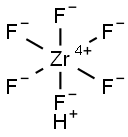
- Chemical Name:Hexafluorozirconic acid
- CAS:12021-95-3
- MF:F6HZr-
- Structure:

- Chemical Name:Magnesium bromide
- CAS:7789-48-2
- MF:Br2Mg
- Structure:

- Chemical Name:Iron oxide black
- CAS:1309-38-2
- MF:Fe3O4
- Structure:

- Chemical Name:Rubidium fluoride
- CAS:13446-74-7
- MF:FRb
- Structure:

- Chemical Name:Sodium metavanadate
- CAS:13718-26-8
- MF:NaO3V
- Structure:
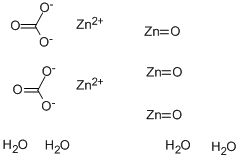
- Chemical Name:Zinc carbonate
- CAS:3486-35-9
- MF:CO3Zn
- Structure:

- Chemical Name:Lead
- CAS:7439-92-1
- MF:Pb
- Structure:

- Chemical Name:Lithium chloride
- CAS:7447-41-8
- MF:LiCl
- Structure:

- Chemical Name:Cadmium fluoride
- CAS:7790-79-6
- MF:CdF2
- Structure:

- Chemical Name:Sodium borohydride
- CAS:16940-66-2
- MF:BH4Na
- Structure:

- Chemical Name:MERCUROUS NITRATE, DIHYDRATE
- CAS:14836-60-3
- MF:H4HgNO5
- Structure:
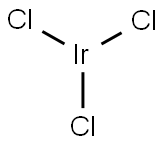
- Chemical Name:Iridium trichloride
- CAS:10025-83-9
- MF:Cl3Ir
- Structure:

- Chemical Name:EUROPIUM
- CAS:7440-53-1
- MF:Eu
- Structure:

- Chemical Name:TROPYLIUM TETRAFLUOROBORATE
- CAS:27081-10-3
- MF:C7H7BF4
- Structure:

- Chemical Name:TITANIUM MONOXIDE
- CAS:12137-20-1
- MF:OTi
- Structure:

- Chemical Name:Neodymium(III) chloride hexahydrate
- CAS:13477-89-9
- MF:Cl3H12NdO6
- Structure:
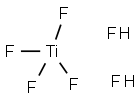
- Chemical Name:Hexafluorotitanic acid
- CAS:17439-11-1
- MF:F4Ti.2FH
- Structure:
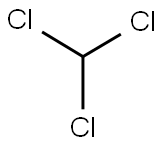
- Chemical Name:Praseodymium chloride
- CAS:10361-79-2
- MF:Cl3Pr
- Structure:

- Chemical Name:Rhodium(III) nitrate
- CAS:10139-58-9
- MF:HNO3Rh
- Structure:

- Chemical Name:Strontium fluoride
- CAS:7783-48-4
- MF:F2Sr
- Structure:

- Chemical Name:Scandium(III) chloride hexahydrate
- CAS:20662-14-0
- MF:Cl3H12O6Sc
- Structure:
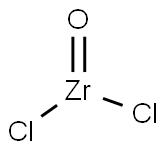
- Chemical Name:Zirconium oxychloride
- CAS:7699-43-6
- MF:Cl2OZr
- Structure:

- Chemical Name:ALUMINUM OXIDE
- CAS:1302-74-5
- MF:Al2O3
- Structure:
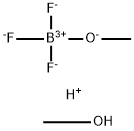
- Chemical Name:Boron trifluoride methanol complex
- CAS:2802-68-8
- MF:C2H8BF3O2
- Structure:
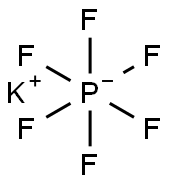
- Chemical Name:Potassium hexafluorophosphate
- CAS:17084-13-8
- MF:F6P.K
- Structure:

- Chemical Name:Nickel fluoride
- CAS:10028-18-9
- MF:F2Ni
- Structure:
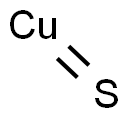
- Chemical Name:COPPER(II) SULFIDE
- CAS:1317-40-4
- MF:CuS
- Structure:

- Chemical Name:Hydrogen bromide
- CAS:10035-10-6
- MF:BrH
- Structure:
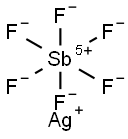
- Chemical Name:Silver hexafluoroantimonate
- CAS:26042-64-8
- MF:AgF6Sb
- Structure:

- Chemical Name:AMMONIUM CHROMATE
- CAS:7788-98-9
- MF:CrH8N2O4
- Structure:
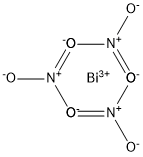
- Chemical Name:Bismuth nitrate oxide
- CAS:10361-46-3
- MF:BiNO4
- Structure:

- Chemical Name:CHLOROMETHYL THIOCYANATE
- CAS:3268-79-9
- MF:C2H2ClNS
- Structure:

- Chemical Name:Silica glass
- CAS:10279-57-9
- MF:H2O3Si
- Structure:
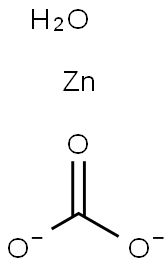
- Chemical Name:Zinc carbonate hydroxide
- CAS:12539-71-8
- MF:CH2O4Zn-2
- Structure:

- Chemical Name:LITHIUM METABORATE
- CAS:13453-69-5
- MF:BH2LiO2
- Structure:

- Chemical Name:Rubidium iodide
- CAS:7790-29-6
- MF:IRb
- Structure:

- Chemical Name:Palladium chloride
- CAS:7647-10-1
- MF:Cl2Pd
- Structure:
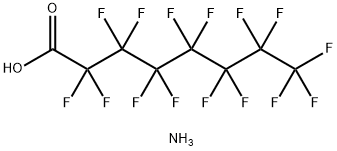
- Chemical Name:PERFLUOROOCTANOIC ACID AMMONIUM SALT
- CAS:3825-26-1
- MF:C8H4F15NO2
- Structure:
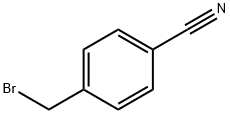
- Chemical Name:4-Cyanobenzyl bromide
- CAS:17201-43-3
- MF:C8H6BrN
- Structure:
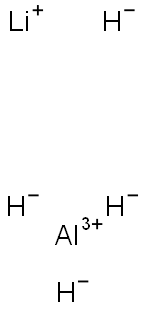
- Chemical Name:Lithium Aluminum Hydride
- CAS:16853-85-3
- MF:LiAlH4
- Structure:
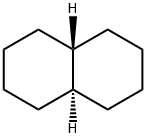
- Chemical Name:TRANS-DECAHYDRONAPHTHALENE
- CAS:493-02-7
- MF:C10H18
- Structure:

- Chemical Name:Ethyl Azidoacetate
- CAS:637-81-0
- MF:C4H7N3O2
- Structure:
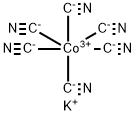
- Chemical Name:Potassium hexacyanocobaltate(III)
- CAS:13963-58-1
- MF:C6CoKN6(-2)
- Structure:

- Chemical Name:Sodium perborate monohydrate
- CAS:10332-33-9
- MF:BH4NaO4
- Structure:

- Chemical Name:LITHIUM CHLORIDE HYDRATE
- CAS:85144-11-2
- MF:ClH2LiO
- Structure:

- Chemical Name:Potassium borohydride
- CAS:13762-51-1
- MF:BH4K
- Structure:

- Chemical Name:NICKEL(II) BROMIDE TRIHYDRATE
- CAS:7789-49-3
- MF:Br2H2NiO
- Structure:

- Chemical Name:Hydriodic acid
- CAS:10034-85-2
- MF:HI
- Structure:
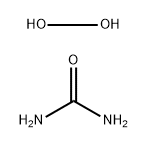
- Chemical Name:Urea hydrogen peroxide
- CAS:124-43-6
- MF:CH6N2O3
- Structure:
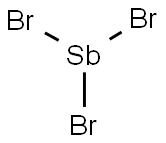
- Chemical Name:Antimony tribromide
- CAS:7789-61-9
- MF:Br3Sb
- Structure:
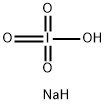
- Chemical Name:Sodium periodate
- CAS:7790-28-5
- MF:H2INaO4
- Structure:
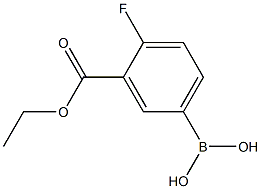
- Chemical Name:3-ETHOXYCARBONYL-4-FLUOROPHENYLBORONIC ACID
- CAS:874219-36-0
- MF:C9H10BFO4
- Structure:

- Chemical Name:Hydroxylamine hydrochloride
- CAS:5470-11-1
- MF:NH2OH·HCl
- Structure:

- Chemical Name:Ferrous sulfate monohydrate
- CAS:13463-43-9
- MF:FeH2O5S
- Structure:

- Chemical Name:Silicon dioxide
- CAS:7631-86-9
- MF:O2Si